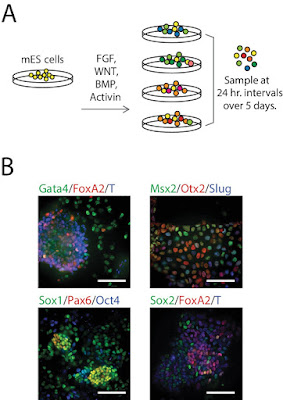FGF-2 of FGF-basic is an important a growth factor for many cell-based assays. Neuromics' has rock solid FGFs for supplementing media used to grow cells. Check out publications referencing use of FGF-2.
Here's the latest publication: Yan Liang, Enaam Idrees, Stephen H. J. Andrews, Kirollos Labib, Alexander Szojka, Melanie Kunze, Andrea D. Burbank, Aillette Mulet-Sierra, Nadr M. Jomha & Adetola B. Adesida. Plasticity of Human Meniscus Fibrochondrocytes: A Study on Effects of Mitotic Divisions and Oxygen Tension. Scientific Reports 7, Article number: 12148 (2017) doi:10.1038/s41598-017-12096-x. ...Thereafter the number of viable MFCs were counted using a haemacytometer after trypan blue staining. MFCs were plated at 104 cells/cm2 and cultured in the standard medium described above supplemented with FGF-2 (5 ng/mL; Neuromics, MN, USA, Catalog#: PR80001) and TGFβ1 (1 ng/mL; ProSpec, NJ, USA, Catalog#: cyt-716) under normal oxygen tension (21% O2) at 37 °C in a humidified incubator...
Images: Immunofluorescence analysis of collagen I and collagen II in pellets derived from T1F2-expanded MFCs of four passages after 21 days chondrogenic stimulation under NRX or HYP from one representative donor (male, 20 years old). Blue (DAPI): cells, Red (Texas Red): collagen I, Green (FITC): collagen II. (A) Pellets cultured under NRX, (B) Pellets cultured under HYP from four passages. Scale bar: 100 µm
Our ISO-Kine FGF-2 is especially potent as it virtually endotoxin free.








